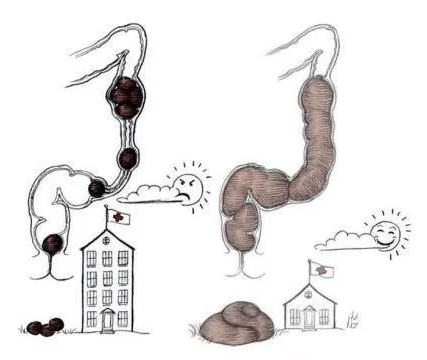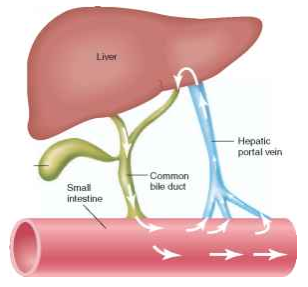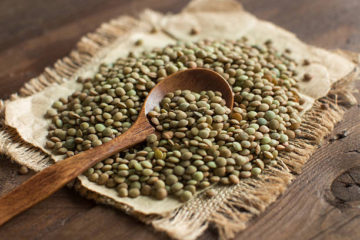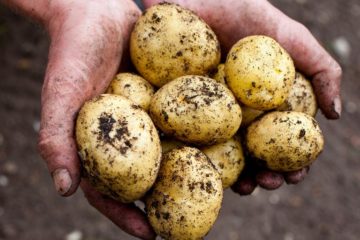Everyone who comes to see me as a client – knows that I’m always going to try to increase their vegetable intake. And here’s why: Because plants have fibre in them – the most undervalued nutrient that Western people are mostly deficient in.
In other words, most Westerners have a huge fibre deficiency because they don’t eat nearly enough plant foods.
What problems does this fibre-deficiency cause?
And how many plant foods do we need to eat to overcome it?
These are the questions this post will begin to answer.
You will also have the opportunity to pick up a fibre quiz for FREE. Most people who do this quiz find they are eating around 12 – 20 grams of fibre daily (some people far less though). Rarely do I find any new clients eating over 25g/day.
When you see all that fibre does, you will see why getting more of it is vital for good health.
How much fibre can you eat?
Last year I did an experiment on myself. I wanted to experiment on myself before telling you. For about 6 months I ate ½ kg raw non-starchy vegetables and ½ kg cooked non-starchy vegetables daily – plus my normal legumes, whole grains and fruit. These fibrous foods amount to around 64g/fibre daily. It took a couple of weeks to stop feeling totally bloated as my stomach had to adjust to all this bulk and so did the gut bugs.
If you ever stop to weigh ½ kg non-starchy raw vegetables, you might be surprised how big the container is that you need! It’s similar to a large pasta serving bowl for the whole family.

Soon I felt just fine though and was able to eat even more vegetables. Needless to say, I had no space left in my stomach to eat anything unhealthy even if I had wanted to. Research on modern-day hunter-gatherer tribes has found that an adult may eat 50 – 100g/fibre daily. How they manage to stuff in close to 100g fibre daily, I can’t imagine!
(If you are thinking that our distant ancestors ate lots of meat and few fibrous plant foods, read on <here> why that is not so.)
So why bother with all this fibre? And also – why not just put a teaspoon of Metamucil into a cup of water and be done with it? Hopefully, by the time you’ve read this, you’ll be throwing the Metamucil in the bin and getting into the real stuff – the real food fibre that will be the basis of your healthy diet.
1) Fibre and pooping
If you are eating enough fibre, you will have a bowel movement at least once a day. Here’s a <short video> which goes into details about stool-size and why bigger is better! I’ll leave it for a doctor to explain.
Did you know, bowel movements are a report card of your health. An external report of how things are going on the inside.
Fibre moves things along the digestive tract – AS LONG AS you are getting enough water. If you are dehydrated, it just becomes like a big hairball going nowhere. So drink your water up. There isn’t much fibre left by the time we use the toilet – it has been eaten along the way by bacteria in our gut – but it helped move other foods along in the right direction instead of stagnating and rotting in there.
This is one problem with a high meat diet – there’s no fibre in meat. As it rots inside in our warm, moist bodies (as all food does), it feeds gram-negative bacteria that we want to maintain in small quantities. Meat fails to move along as fast as if you’d eaten a high vegetable diet. Our long digestive tracts – several metres in length – need to move meat along as fast as possible. This is one reason carnivores benefit from having short digestive tracts – so meat doesn’t stay inside rotting for too long – leading to disease. Fibre solves this problem for us.
Dr. Denis Burkitt, the founder of the dietary fibre hypothesis which has never been disproven, said
The health of a country’s people can be determined by the size of their stools and whether they float or sink, not by their technology.
Dr Denis Burkitt

and, more from Dr. Burkitt:
America is a constipated nation…. If you pass small stools, you have to have large hospitals.
Dr Denis Burkitt
2) Fibre carries out rubbish
Another role of fibre is to carry out the body’s rubbish.
Our body’s main detoxification system, our liver, cleans the blood day and night.
It breaks down toxic materials into even more toxic elements, then combines them with carriers to take them down the bile duct, into the top of the small intestine, where hopefully they will get swept along – out to the toilet.
It also filters out excessive fat (including cholesterol), hormones and other body wastes from the blood.
This waste removal system doesn’t always work well though. In fact, about 98% of our body waste cleared via the bile duct ends up back in the body in Westerners. You would think, with the rather amazing creation of our bodies, that such an important system would work efficiently. We have to ask ourselves what is going wrong with it?
The problem is that the bile that combines with the toxic wastes is made of fat – cholesterol actually. Since most fats are absorbed from the small intestine into the body lower down the small intestine from the bile duct, much of this fatty bile and the wastes it carries – get reabsorbed further down – so fail to leave the body as intended.

Why is so little of this rubbish cleared? Because of the low fibre diets of Western people.
The ideal situation is that, when the waste-infused bile dumps into the small intestine, fibre is travelling by. Bile (a fatty substance) forms a chemical bond with the fibre. When it reaches the fat-absorption area further down, it does not reabsorb; because it is bonded to the fibre which cannot be absorbed. In this way, it can leave the body.
But we must be eating fibre – at every meal – to take advantage of this rubbish clearing system. This is why people who start eating ½ cup beans or lentils daily and fruit or vegetables or whole grains at every meal – see their cholesterol numbers begin to drop consistently. The body is able to clear the fat that it needs to remove.
In this way, we can rid ourselves effectively of excess cholesterol, excess hormones, excess fat, heavy metals and pharmaceutical residues.
3) Fibre as an immune stimulant
A healthy gut is vital for immunity. Soluble fibre, which is richest in beans and lentils, is the main fibre that affects immunity.
Soluble fibre boosts the production of the chemical interleukin 4 which stimulates the production of infection-fighting T-cells.
This same type of soluble fibre causes immune cells to go from being ‘angry and inflammatory’ to ‘calm and orderly and able to contribute to the healing process’. Soluble fibre added to a petri dish protects cells against infection, even in the presence of infectious lipopolysaccharide.
Even in the presence of an inflammatory high fat diet, adding soluble fibre slows down diabetes onset. Around 35g/fibre/day is needed for this effect.
The soluble fibre called beta-glucan modulates all the immune cells to make them as efficient as possible; it causes each one to be on full alert against foreign microorganisms. Increasing beta glucans lowers respiratory infections, lessens fatigue, improves mental clarity and increases energy levels. Mushrooms, legumes and the cell walls of the SB yeast contain the beta glucan fibre.
4) Fibre feeds the gut bacteria
In our gut we have at least as many bacteria cells as we have human cells in our whole bodies. If we don’t count red blood cells which don’t have nuclei, bacteria outnumber human cells 100:1. These bacteria all have jobs in the body.
- Some produce serotonin to help keep us feeling happy and calm,
- there are bacteria that help with weight control,
- some make short-chain fatty acids, some of which produce chemicals like butyrate that protects against bowel cancer. This chemical is currently being trialled in the lab on mesothelioma cells which it is effectively killing; Mesothelioma is the cancer of the lung pleura which asbestos exposure causes.
- Others produce immune factors that counteract the influenza virus, giving the host measurably greater protection against the flu.
- Other bacteria protects us from mental diseases of all types. healing the gut by improving bacterial colonies can change this remarkably and very fast.

And what do these bacteria colonies eat?
You guessed it! FIBRE.
Different types of bacteria eat the fibre of different plant foods. This is a good reason to eat a variety of plant foods. We want all our bacteria colonies to grow into an army to protect our health.
This is the reason depending on a fibre supplement such as Metamucil or psyllium husk just doesn’t cut it – it feeds a few bacteria types but not many of them – like a variety of real plant foods does.
How to get enough fibre.
The government dietary guidelines recommend the following fibre amounts: 5 serves of vegetables and 2 pieces of fruit.
This not enough for health.
If you use a food tracker app, such as My Fitness Pal – and enter 5 serves of vegetables (3 cups raw and 1 cup cooked), 2 serves of fruit, then add ½ cup legumes and 1 serve of sweet potato (a starchy vegetable) you only reach about 23 g/fibre.
Now that is better than the vast majority of Australians and Americans and Westerners overall. But it’s still not enough to reverse those Western diseases. You’re still playing around with your food!
Let’s now add oats for breakfast. Now we’re up to 28g/fibre – looking better. In order to get the fibre amounts up properly, you’re going to have to about double the government guidelines for vegetables to 10 or 11 serves daily, and eat legumes twice a day. There won’t be much room left for cake and white bread.
These are the choices we make daily. Increase the fibre and shoot for a healthy body and mind, or lower the fibre and accept you’ll probably never improve your health more than a little bit.
Get your fibre quiz

If you deleted the pop-up form, just refresh the page, wait 10 seconds and it will appear again!
Don’t miss out. Get your fibre up to at least 35g/day.



0 Comments